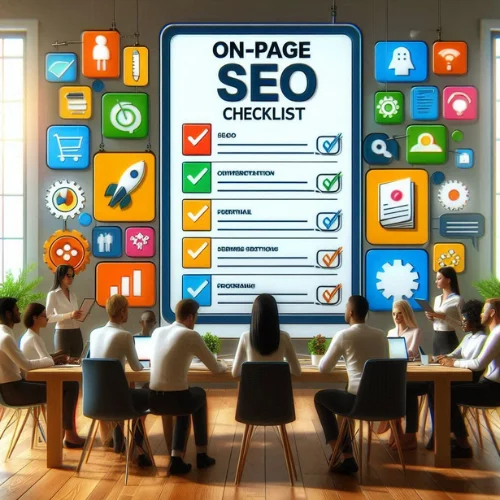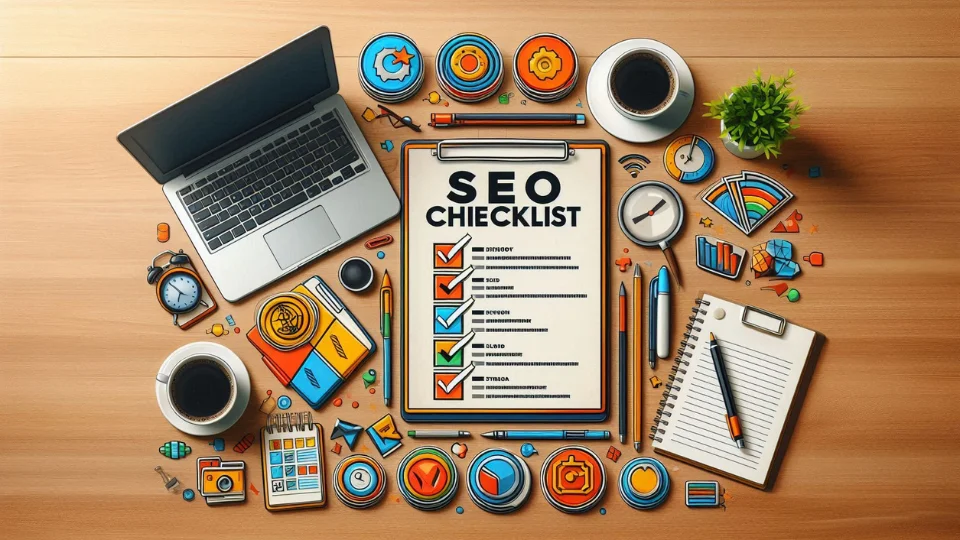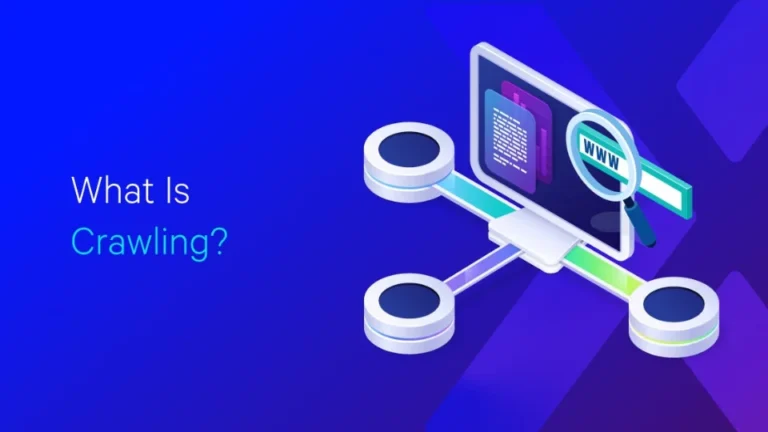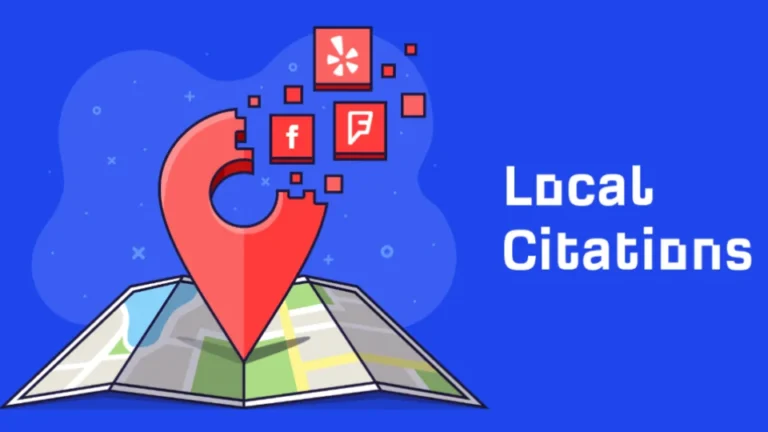The Complete SEO Checklist: Your 2025 Guide to Better Rankings
Search Engine Optimization (SEO) is one of the most powerful ways to drive consistent, high-quality traffic to your website. But SEO isn’t just about keywords—it’s a blend of technical precision, content quality, and user experience. Whether you’re a beginner or looking to level up your strategy, this complete SEO checklist covers everything you need to rank higher in search results in 2025.
Why Follow an SEO Checklist?

SEO can seem overwhelming with constant algorithm updates and shifting trends. Having a structured SEO checklist simplifies your workflow, ensures consistency, and helps you avoid missing key elements that affect your site’s visibility.
On-Page SEO Checklist

On-page SEO focuses on optimizing elements within your website. This includes content, keywords, HTML tags, and internal linking.
Keyword Research

- Use long-tail keywords and LSI (Latent Semantic Indexing) terms
- Target keywords with high intent and manageable competition
- Use keyword tools to analyze search volume and trends
Content Optimization
- Place your primary keyword in the H1 tag
- Include secondary keywords naturally throughout the content
- Use bold, italics, and bullet points for better readability
- Keep paragraphs short and clear
Meta Tags
- Write a compelling meta title (under 60 characters)
- Create a clear and relevant meta description (under 160 characters)
- Include your primary keyword in both
URL Structure
- Keep URLs short, clean, and keyword-rich
- Use hyphens instead of underscores
- Avoid dynamic parameters when possible
Header Tags (H1–H6)
- Use only one H1 per page
- Organize content using H2s and H3s to improve readability
- Include target keywords where appropriate
Image Optimization
- Compress image sizes for faster load speed
- Use descriptive filenames and ALT text with relevant keywords
- Avoid using overly large or uncompressed images
Internal Linking
- Link to relevant blog posts or service pages
- Use descriptive anchor text
- Avoid broken links and orphaned content
Technical SEO Checklist
Technical SEO ensures that your site is crawlable, fast, and accessible to both users and search engines.
Mobile Optimization
- Use a mobile-responsive design
- Avoid intrusive interstitials (pop-ups)
- Ensure buttons and text are easy to interact with on mobile devices
Site Speed
- Optimize image and file sizes
- Use browser caching and a content delivery network (CDN)
- Minimize JavaScript and CSS files
Indexing and Crawling
- Create and submit an XML sitemap
- Check for crawl errors in Google Search Console
- Use robots.txt to control indexing of certain pages
HTTPS and Security
- Install an SSL certificate (HTTPS)
- Regularly update plugins, themes, and CMS software
- Use security plugins or firewalls to prevent attacks
Core Web Vitals
Google’s Core Web Vitals are key user experience metrics that affect rankings.
- LCP (Largest Contentful Paint): Should load within 2.5 seconds
- FID (First Input Delay): Should be less than 100 ms
- CLS (Cumulative Layout Shift): Keep under 0.1
Off-Page SEO Checklist
Off-page SEO deals with factors outside your site that impact your rankings, primarily backlinks and brand authority.
Link Building
- Earn backlinks from high-authority websites
- Use guest posting and digital PR
- Avoid spammy or paid link schemes
Social Signals
- Share your content across social platforms
- Encourage engagement (likes, shares, comments)
- Use consistent branding and posting schedules
Local SEO (for businesses)
- Claim and optimize your Google Business Profile
- Get listed in local directories and citation sites
- Collect reviews from happy customers
Content Strategy Checklist
Content is the foundation of any successful SEO campaign. A strong strategy helps you rank and retain readers.
Blog Optimization
- Create evergreen, valuable content around your niche
- Update outdated content regularly
- Use internal links to related blog posts
Content Formatting
- Use headings, bullet points, and images to improve UX
- Write in a conversational tone for clarity
- Break content into logical sections for easy scanning
Content-Length Guidelines
| Content Type | Ideal Word Count |
|---|---|
| Blog Post | 1500–2500 words |
| Landing Page | 500–1000 words |
| Product Page | 300–800 words |
| Pillar Page | 2500+ words |
Tools for SEO: A Quick Comparison
| Tool | Type | Best For | Free Plan |
|---|---|---|---|
| Google Search Console | Technical | Indexing, performance tracking | Yes |
| Ahrefs | All-in-One | Keyword and backlink research | No |
| SEMrush | All-in-One | Competitor analysis | Yes |
| Yoast SEO (WordPress) | On-Page | Content optimization | Yes |
| Screaming Frog | Technical SEO | Crawl analysis | Yes |
Pros and Cons of Using an SEO Checklist
Pros
- Improves consistency: No critical step is missed
- Saves time: You can repeat the process across multiple pages
- Boosts rankings: Focused optimization leads to better visibility
- Helps teams align: Everyone follows the same standards
Cons
- Can be rigid: Not every page needs every step
- Over-reliance: May lead to ignoring new trends or updates
- Needs updating: Checklists must evolve with algorithms
SEO Checklist for New Websites
Launching a new site? Start with this condensed checklist.
- Choose a reliable hosting provider
- Install SSL (HTTPS)
- Set up Google Analytics and Search Console
- Submit sitemap.xml
- Install an SEO plugin (e.g., Yoast or RankMath)
- Create keyword-rich pages (Home, About, Services, Blog)
- Optimize title tags and meta descriptions
- Ensure fast loading and mobile responsiveness
- Add schema markup where relevant
- Start publishing valuable content regularly
FAQ: Search Engine Optimization Checklist
Do I need to complete every step in this SEO checklist?
Not necessarily. The best checklists are flexible. Tailor the list to your goals, platform, and content type. Prioritize based on impact.
How often should I do an SEO audit?
Ideally, once every 3–6 months. Frequent audits help you catch issues early and keep your site aligned with Google’s evolving standards.
Is technical SEO really that important?
Yes. If search engines can’t crawl or index your site properly, great content won’t matter. Technical SEO lays the foundation for visibility.
Should I focus on on-page or off-page SEO first?
Start with on-page SEO—it’s fully in your control. Once your site is optimized, then shift focus to off-page strategies like backlink building.
What’s the biggest SEO mistake to avoid?
Keyword stuffing. Instead, focus on writing for people first, then optimize for search engines. Use keywords naturally and sparingly.
Final Thoughts: Start Ranking Smarter in 2025
Following a complete SEO checklist gives you a structured path to better rankings, traffic, and conversions. While SEO is never “done,” having a repeatable system ensures you’re covering all your bases—from technical fixes to content strategies.
The world of SEO is fast-moving, but your success doesn’t have to be left to chance. Use this checklist as a living document, update it regularly, and make it your go-to reference every time you publish or optimize a page.
Need help implementing your SEO strategy? Start with this checklist and build your roadmap to higher visibility and sustainable growth.







